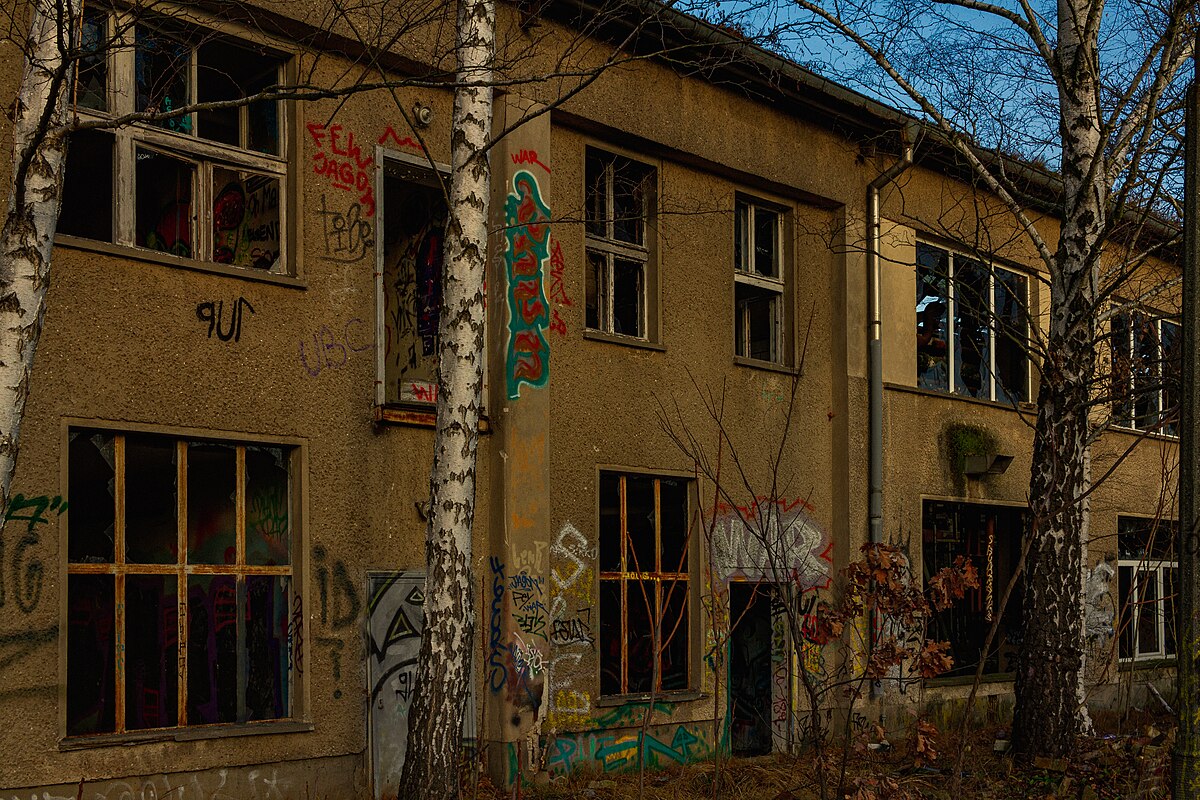The jobs report for the week of June 8, 2020, was wrong. According to various sources, the Bureau of Labor Statistics admitted that the report they released touting a 13% unemployment rate mistakenly counted 4.9 million Americans as employed when, in fact, they were not. Instead of having a dramatic decrease in the rate of people unemployed due to the economic impact of COVID-19, estimates are the true unemployment rate in the U.S. currently hovers at around 20%. At about the same time the unemployment numbers were being debated, sources revealed that retired Dallas Cowboys quarterback Tony Romo received a new contract from CBS Sports to work seasonally, analyzing football games for $180 million over the next 10 years. That works out to about a million dollars per game, making him the highest-paid sports analyst on television. The extremes of these two news stories offer us the opportunity to consider the issue of social class, a category of people with similar status, culture, and wealth, in American society.
 We have all heard the term “haves versus have-nots.” Whether it is in reference to the Tyler Perry television soap opera or just a casual comment, we generally understand the phrase to mean that some people are rich while other people are poor. These generic descriptors do little to illustrate the extent of the disparity. The “haves” category is associated with the upper class, a category of people who maintain the highest status and resources within a society. In juxtaposition, the “have-nots” consist of the lower class, the lowest category of people within a social hierarchy. While most Americans consider having a net worth of $2.3 million or more to be wealthy, the U.S. Department of Health and Human Services puts the poverty line at $25,750 for a family of four. To put this number into perspective, 39 families of four could live for a whole year at the poverty line on what Tony Romo will earn analyzing a single three-hour football broadcast.
We have all heard the term “haves versus have-nots.” Whether it is in reference to the Tyler Perry television soap opera or just a casual comment, we generally understand the phrase to mean that some people are rich while other people are poor. These generic descriptors do little to illustrate the extent of the disparity. The “haves” category is associated with the upper class, a category of people who maintain the highest status and resources within a society. In juxtaposition, the “have-nots” consist of the lower class, the lowest category of people within a social hierarchy. While most Americans consider having a net worth of $2.3 million or more to be wealthy, the U.S. Department of Health and Human Services puts the poverty line at $25,750 for a family of four. To put this number into perspective, 39 families of four could live for a whole year at the poverty line on what Tony Romo will earn analyzing a single three-hour football broadcast.
Wealth, the total of all personal assets, including property, investments, and income, is not necessarily the same as being a member of the upper class. In fact, social position is more than just a person’s bank account. Society in general and social scientists specifically also consider SES or socioeconomic status, an individual’s social position based upon education, occupation, income, and place of residence. Generally speaking, a person living in Beverly Hills, CA, has a higher SES than a person living in Durant, MS. With that being said, the experience of the poor can vary depending on whether they are in relative poverty, a subjective level at which an individual or family experiences a deprived lifestyle or absolute poverty, a threshold in which an individual does not have enough resources to meet their basic survival needs. How do you distinguish between the two?
The extremes of wealth and poverty are not new. Unfortunately, the current economic times mean the disparity between the haves and have-nots continues to grow.
Thompson is a co-owner of UITAC Publishing. UITAC’s mission is to provide high-quality, affordable, and socially responsible online course materials.
Images used in this blog:
- “Kigoa Football on Green Grass during Daytime” by Pixabay is licensed on Pexels. This image has not been altered.




